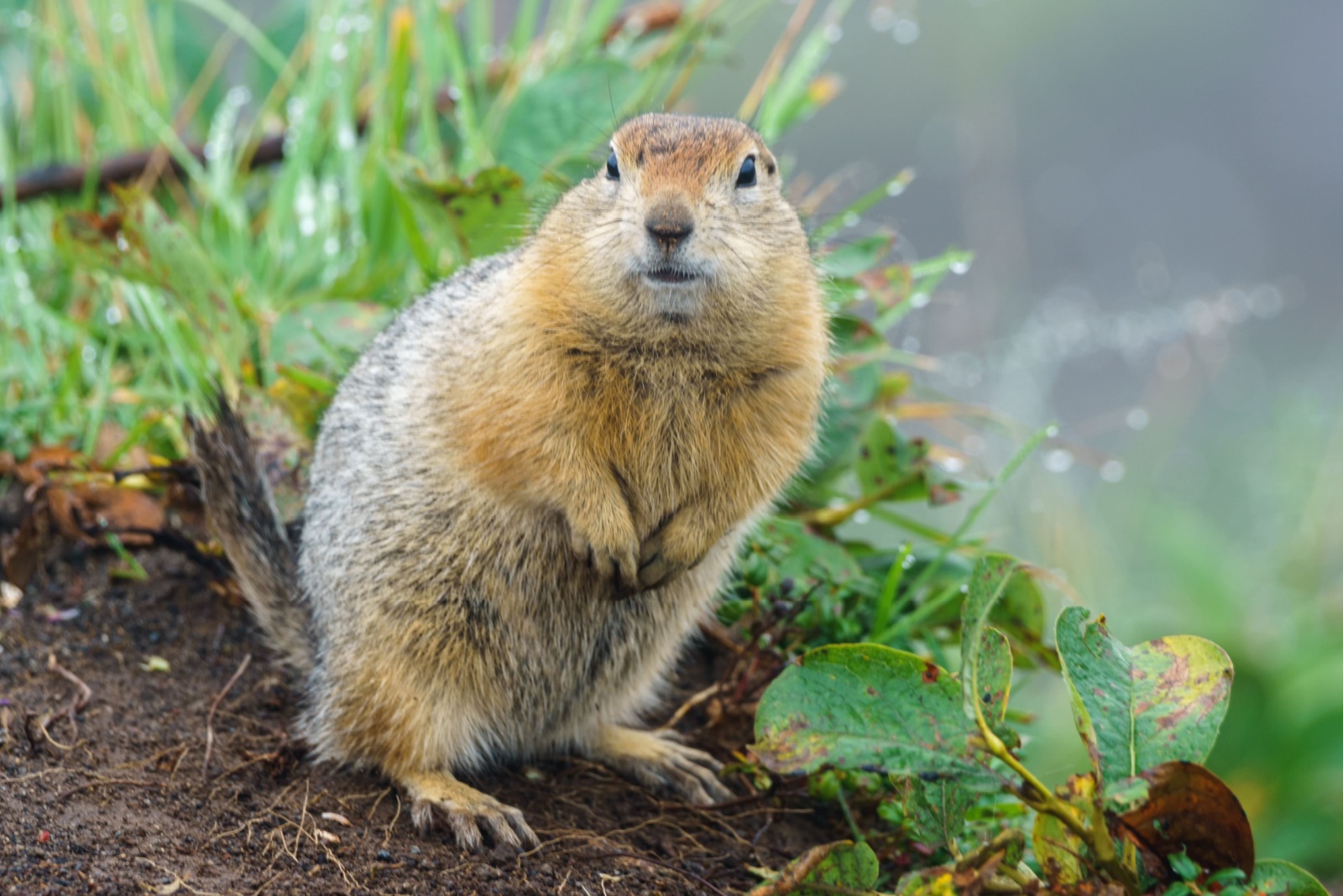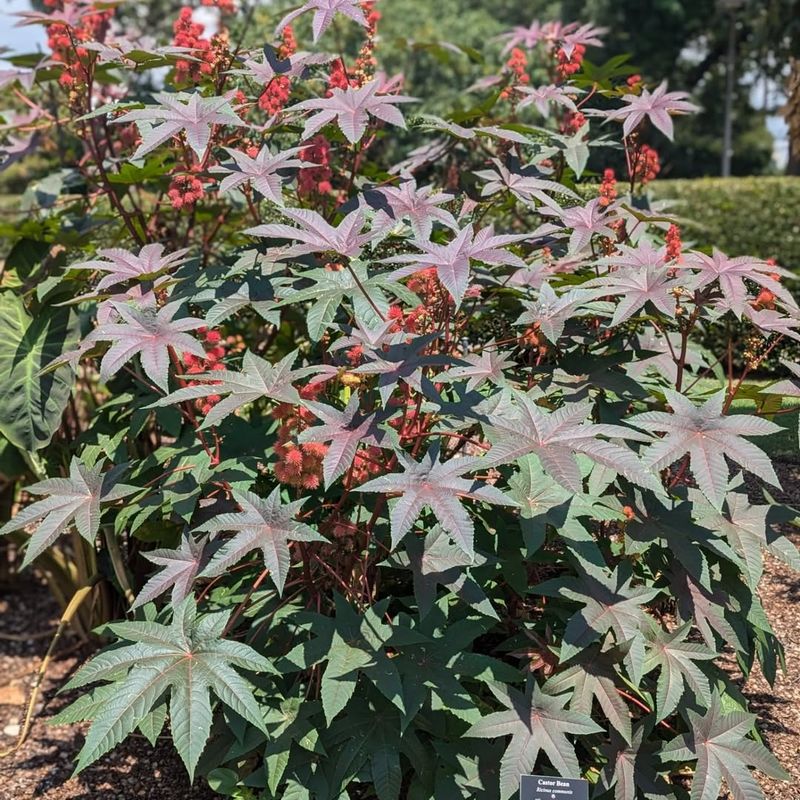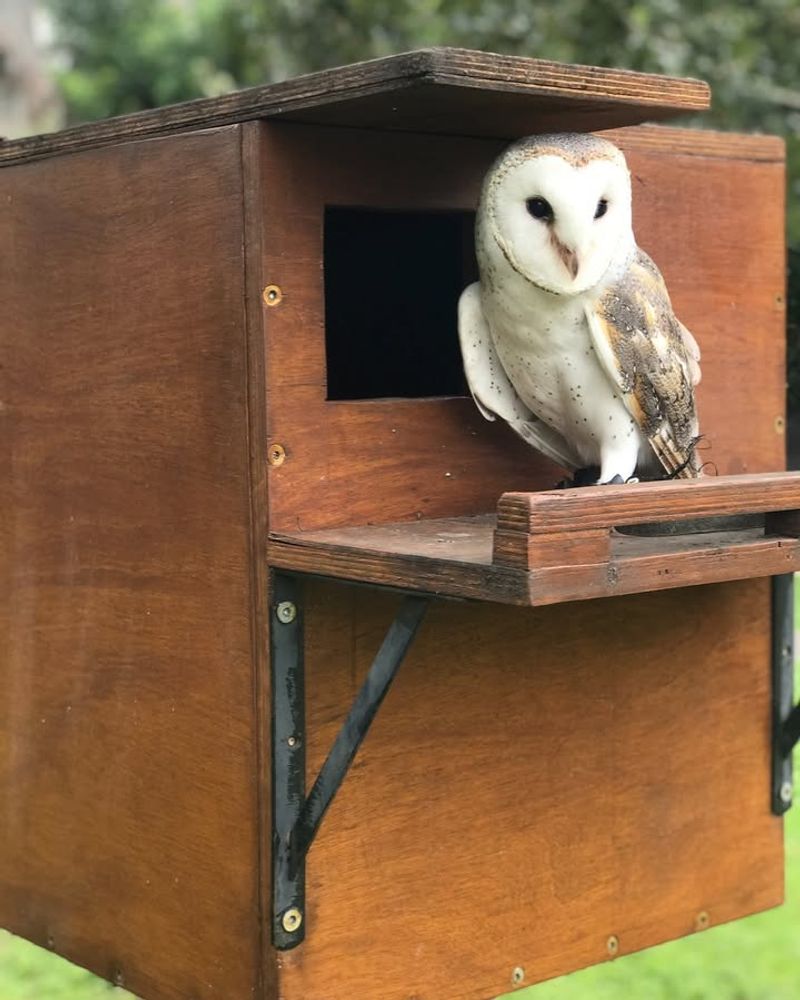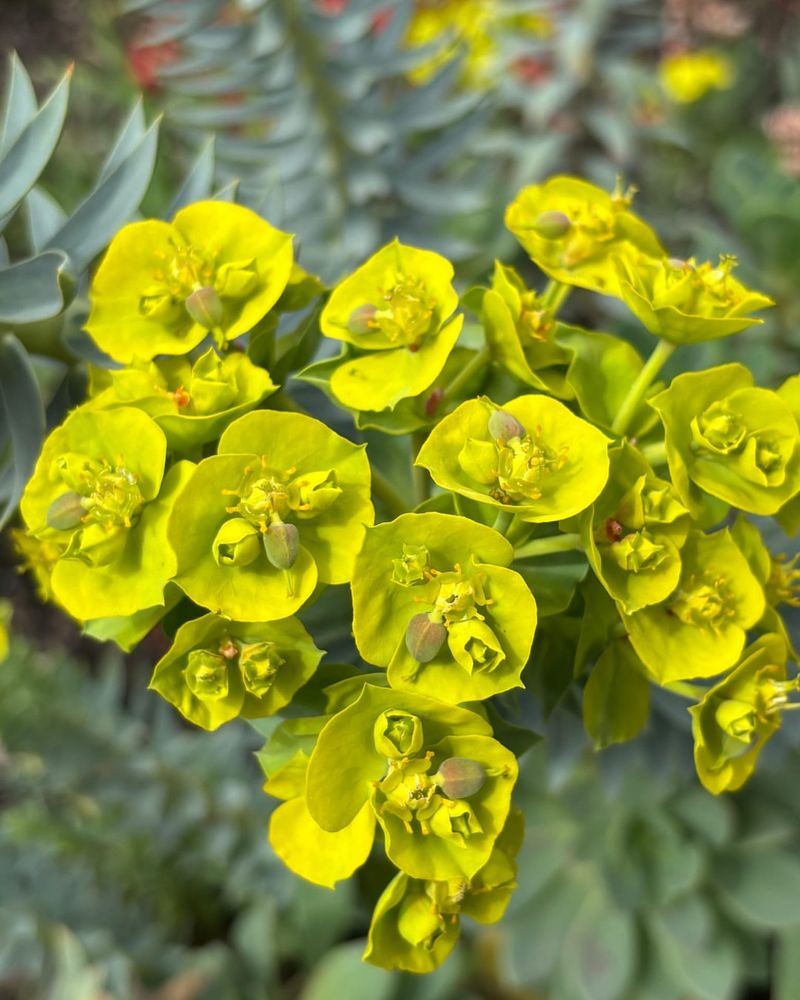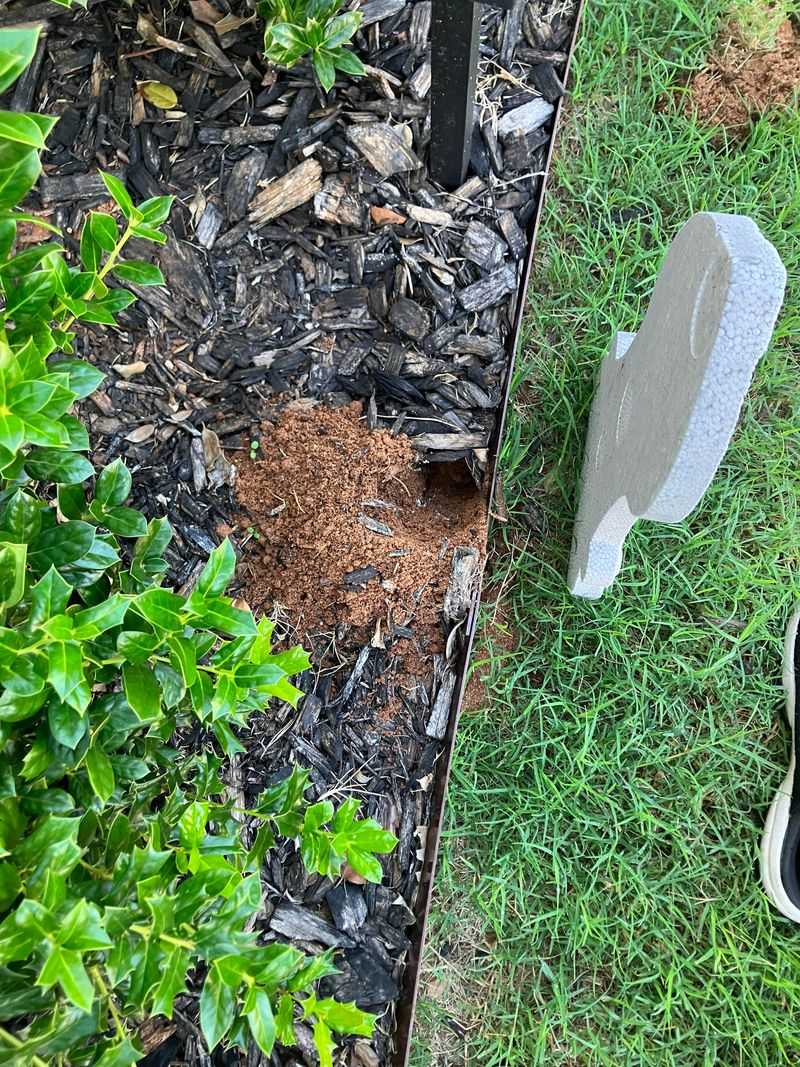Gophers can turn a beautiful California garden into a frustrating mess of mounds and damaged roots. These burrowing pests don’t just ruin your lawn’s appearance—they can destroy vegetable beds, flower gardens, and even young trees.
Fortunately, you don’t need harsh chemicals or expensive traps to protect your outdoor space from these persistent diggers.
1. Plant Castor Beans Around Your Garden Perimeter
Gophers despise the smell and taste of castor beans, making them one of nature’s best repellents. When you line your garden borders with these plants, the strong odor travels underground through their tunnel systems.
Many California gardeners have found success with this method because it creates an invisible barrier that gophers won’t cross.
Just remember that castor beans are toxic to pets and children, so plant them carefully. Space them about three feet apart for maximum coverage and effectiveness throughout your yard.
2. Install Underground Wire Mesh Barriers
Burying hardware cloth or wire mesh creates a physical shield that gophers simply cannot penetrate. Dig down about two feet and line the bottom and sides of planting beds with half-inch mesh.
This method works especially well for protecting vegetable gardens and flower beds across California’s diverse growing regions.
The initial effort pays off for years since gophers can’t chew through metal. Bend the mesh upward at the edges to prevent them from sneaking around the sides of your protected area.
3. Use Coffee Grounds In Tunnel Openings
Your morning coffee habit can become a powerful weapon against garden pests. Gophers find the strong scent of used coffee grounds overwhelming and unpleasant.
Simply locate active tunnels in your California yard and stuff the openings with generous handfuls of grounds.
This method also enriches your soil as the grounds decompose, adding nitrogen and improving texture. Reapply after heavy rains since water washes away the scent that keeps these burrowers at bay.
4. Introduce Natural Predators To Your Yard
Barn owls, hawks, and snakes are nature’s gopher control team. Installing an owl box encourages these magnificent hunters to take up residence and patrol your property at night.
Across California’s agricultural areas, farmers have used this strategy for generations with remarkable results.
A single barn owl family can consume dozens of rodents weekly during nesting season. Keep your yard pesticide-free to support these helpful predators and maintain a balanced ecosystem that naturally controls pest populations.
5. Grow Daffodils And Other Bulbs They Hate
Did you know that gophers avoid certain flowering bulbs because they’re toxic? Daffodils, alliums, and fritillarias contain compounds that make gophers sick, so they steer clear of areas where these plants grow. California gardeners can create colorful spring displays while simultaneously protecting their landscapes.
Plant these bulbs densely throughout your beds to maximize the deterrent effect.
The bonus is gorgeous blooms each spring that brighten your outdoor space while keeping underground pests away from more vulnerable plants.
6. Apply Peppermint Oil To Active Tunnels
The intense menthol scent in peppermint oil drives gophers away from treated areas almost immediately. Mix about ten drops of pure peppermint essential oil with a cup of water in a spray bottle. Locate fresh mounds in your California garden and pour the solution directly into tunnel entrances.
Gophers have extremely sensitive noses, and this overwhelming smell disrupts their navigation and feeding patterns.
Repeat applications weekly or after rainfall to maintain the protective barrier around your most precious plants.
7. Create Noise and Vibration With Wind Chimes
Gophers prefer quiet, undisturbed environments where they can dig and feed in peace. Strategic placement of wind chimes, pinwheels, or vibrating stakes disrupts their comfort zone.
Many California homeowners report fewer gopher problems after adding these simple devices throughout their yards.
The constant movement and sound makes gophers nervous and encourages them to relocate elsewhere. Position several throughout affected areas for best results, especially near vegetable gardens and young trees where damage is most costly.
8. Plant Gopher Spurge Throughout Your Beds
Euphorbia lathyris, commonly called gopher spurge, has earned its name through centuries of use as a natural repellent.
The milky sap contains compounds that irritate gopher skin and digestive systems. California’s Mediterranean climate is perfect for growing this tall, architectural plant that reaches four feet high.
Space plants every six feet for adequate coverage across your landscape. While not foolproof, many gardeners swear by this traditional method that also adds interesting vertical structure and texture to garden designs.
9. Flood Their Tunnels With Water
Sometimes the simplest solutions work best. When you discover fresh gopher activity, insert your garden hose directly into the main tunnel entrance and turn on the water.
Flooding forces gophers to evacuate and discourages them from returning to waterlogged areas. This technique works particularly well in California’s clay soils that retain moisture longer.
Repeat flooding several times over a few days to convince persistent gophers that your yard is too wet and uncomfortable for their underground homes.
10. Apply Garlic And Pepper Spray Mixture
Blend several garlic cloves and hot peppers with water to create a potent spray that gophers absolutely cannot stand.
Strain the mixture and apply it around tunnel openings and on plants that frequently suffer damage. The spicy, pungent combination overwhelms their senses and makes treated areas completely unappealing.
California gardeners appreciate this inexpensive solution made from kitchen staples. Reapply after watering or rain, and always test on a small plant area first to ensure it won’t cause leaf burn on sensitive species.

